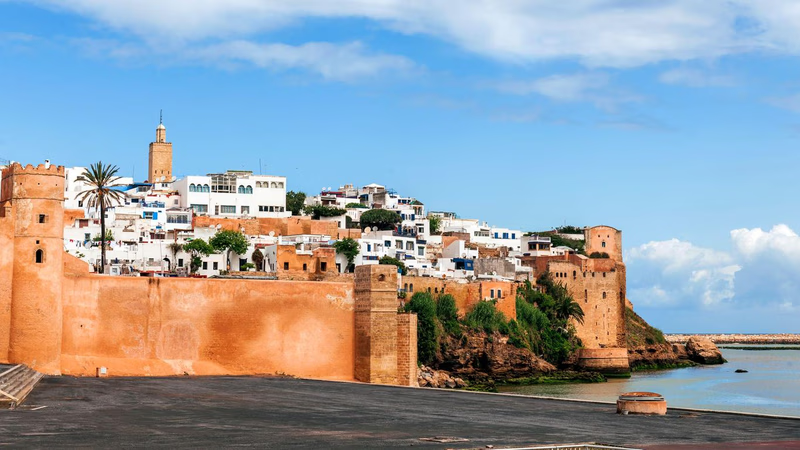
Morocco is a country located in North Africa, which is bordered by the Mediterranean Sea to the north, Algeria to the east, and the Sahara Desert to the south. The capital of Morocco is the city of Rabat. The currency of this country is the Moroccan dirham and is known by the code MAD. The official language of Morocco is Arabic, but French is also used as a second and official language in the country. Most Moroccans are of Islamic faith, and the majority religion is Sunni Islam, with minorities including Shiites and Jews. Morocco has a diversified economy and its important sectors include agriculture, industry, services and tourism. Agriculture is an important part of the country`s economy, producing crops such as wheat, barley, olives, oranges, and peppermint.
There are also industries such as food, textile, electronics, automotive and chemical industries in this country. The products that Moroccan merchants import and export to other countries include agricultural products, industrial products, mineral products, skin and leather, textile and clothing products, industrial and electronic products, and cultural products such as carpets and handicrafts. Morocco`s biggest trading partners are mainly European countries such as France, Spain, Germany and Italy. Also, Morocco has close trade relations with African and Arab countries. The biggest source of Morocco`s income is tourism, agricultural exports such as olives, and phosphate exports.
-
 Mushaf Karim 1 months ago
Mushaf Karim 1 months ago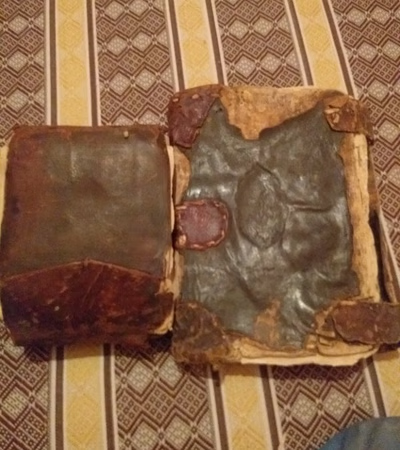 Morocco
A very old handwritten Quran
Morocco
A very old handwritten Quran
A very old handwritten QuranDetails
-
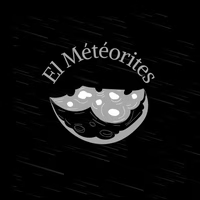 Najmedin 1 months ago
Najmedin 1 months ago Morocco
Yellow Dendritic Opal (Merlinite)
Morocco
Yellow Dendritic Opal (Merlinite)
Dendritic opal, also known as merlinite, is a stone that combines white quartz with dendritic inclusions of psilomelane, thus creating a stone with un...Details
-
 Mustafa 1 months ago
Mustafa 1 months ago Morocco
Meteorite Room
Morocco
Meteorite Room
Very goodDetails
-
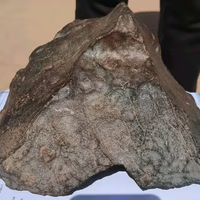 Kamal Go 1 months ago
Kamal Go 1 months ago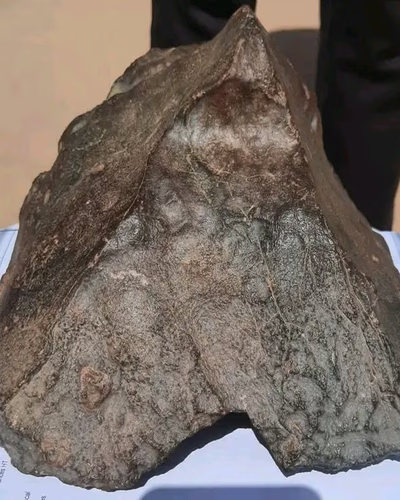 Morocco
Meteorites
Morocco
Meteorites
Meteorites are stones that fall from the skyDetails
-
 Abdo 1 months ago
Abdo 1 months ago Morocco
Meteorites, Real Estate, and Precious Stones
Morocco
Meteorites, Real Estate, and Precious Stones
Peace be upon you and God's mercy and blessings\nI have meteorites, precious stones, and real estate for sale.Details
-
 Hamza Abu Ali 4 months ago
Hamza Abu Ali 4 months ago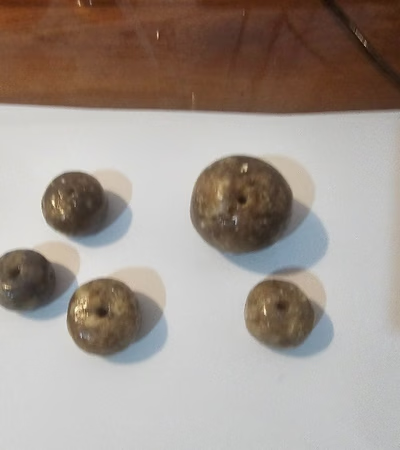 Morocco
Gemstones
Morocco
Gemstones
Moroccan spiritual frankincenseDetails
-
 Borhan Wld El Wali 1 months ago
Borhan Wld El Wali 1 months ago Morocco
Hexagonal Diamond
Morocco
Hexagonal Diamond
Hexagonal DiamondDetails
-
 Boussif Mohamed 1 months ago
Boussif Mohamed 1 months ago Morocco
Meteorite
Morocco
Meteorite
A black stone that is attracted to magnets, weighs 1.4 kilograms, and has a density of 4.01.Details
-
 Hamza 8 months ago
Hamza 8 months ago Morocco
Meteorite
Morocco
Meteorite
I have meteorite stones that I want to sell.Details
Morocco's trade landscape showcases immense opportunities for businesses targeting West Asia. In 2023, Morocco’s exports of goods and services represented 42.75% of its GDP, significantly higher than the global average of 32.11%. This highlights Morocco’s export-oriented economy, particularly in sectors like agriculture, textiles, and phosphates. However, merchandise export value indices dropped from 115.7 in 2022 to 100.4 in 2023, indicating a slight deceleration in export growth. On the import side, merchandise import value indices fell sharply from 123.7 in 2022 to 95.6 in 2023, reflecting reduced import demand or improved local production. Inflation stood at 6.09% in 2023, lower than the global average of 8.58%, suggesting a relatively stable economic environment. Morocco’s GDP rebounded to $144.42 billion in 2023, up from $130.95 billion in 2022, signaling economic resilience. Furthermore, its total reserves, including gold, increased to $36.33 billion in 2023, ensuring financial stability.
Businesses exploring Morocco’s trade potential in West Asia should capitalize on its robust export capabilities and strategic geographical position as a gateway to Africa and Europe. However, traders should remain cautious of fluctuating exchange rates and inflationary pressures. For entrepreneurs, Morocco offers a unique blend of opportunities in emerging markets, making it an attractive partner for West Asian trade networks.










